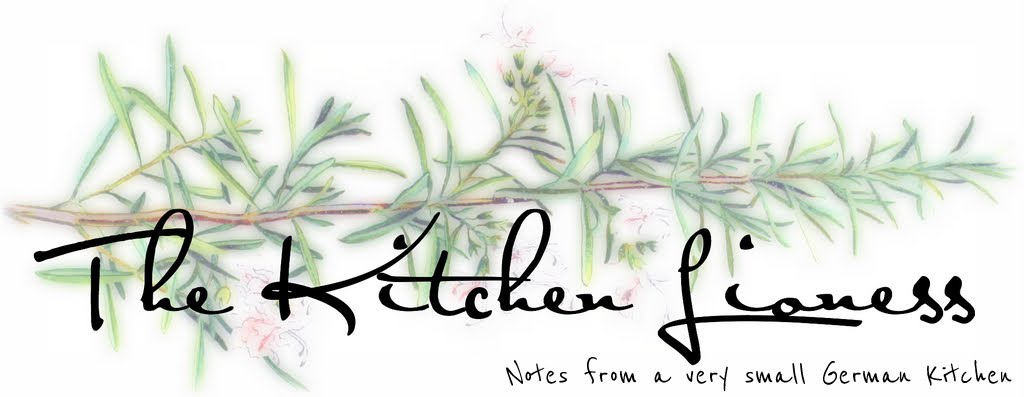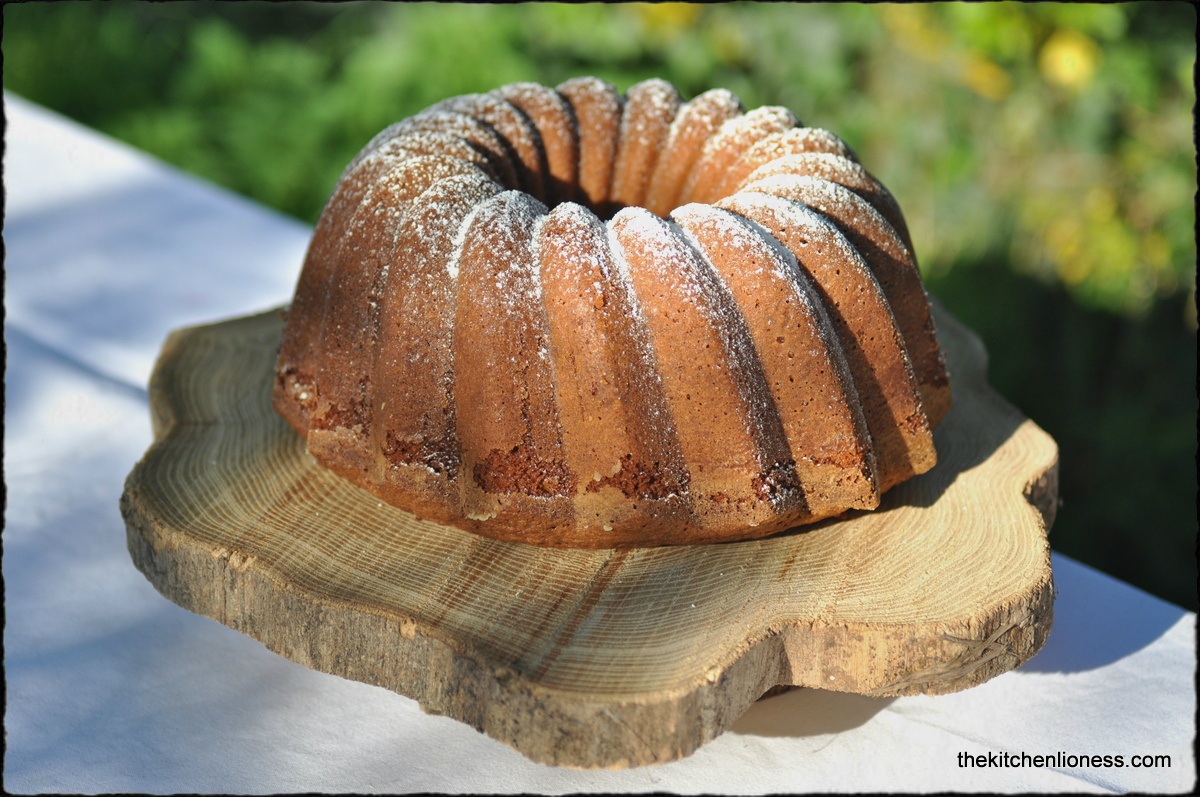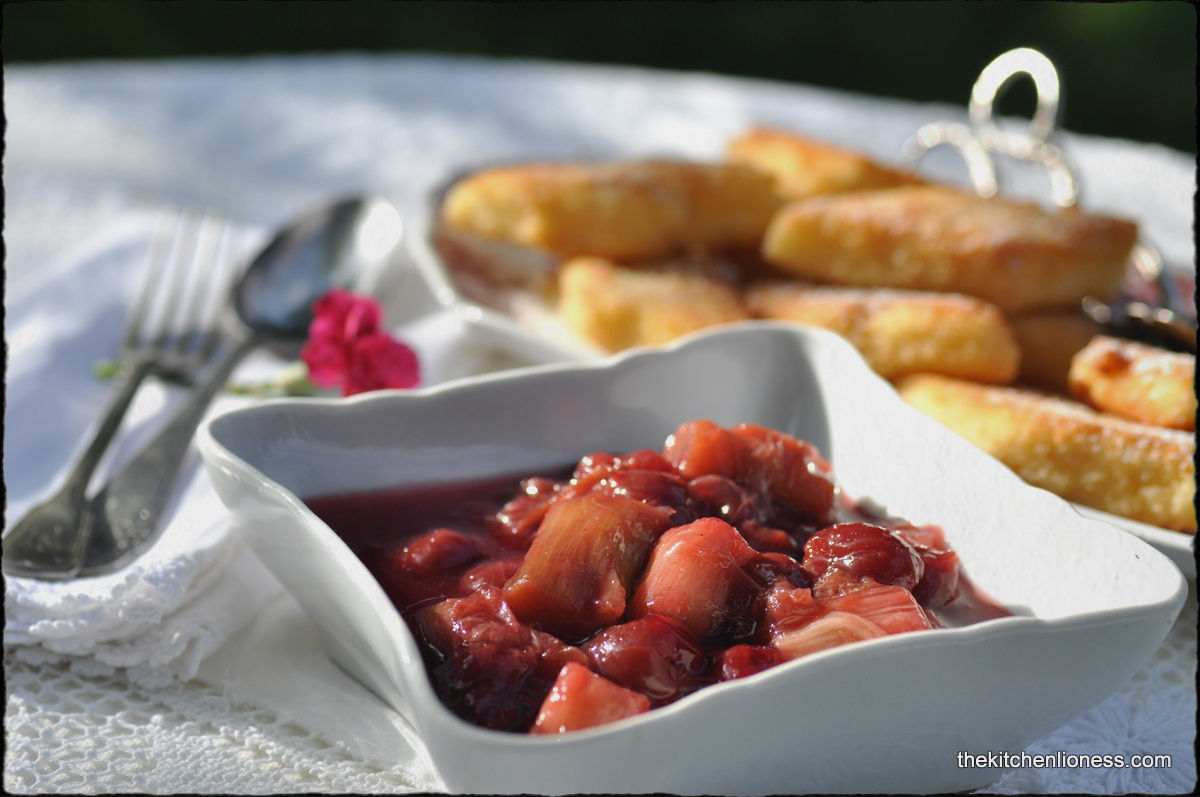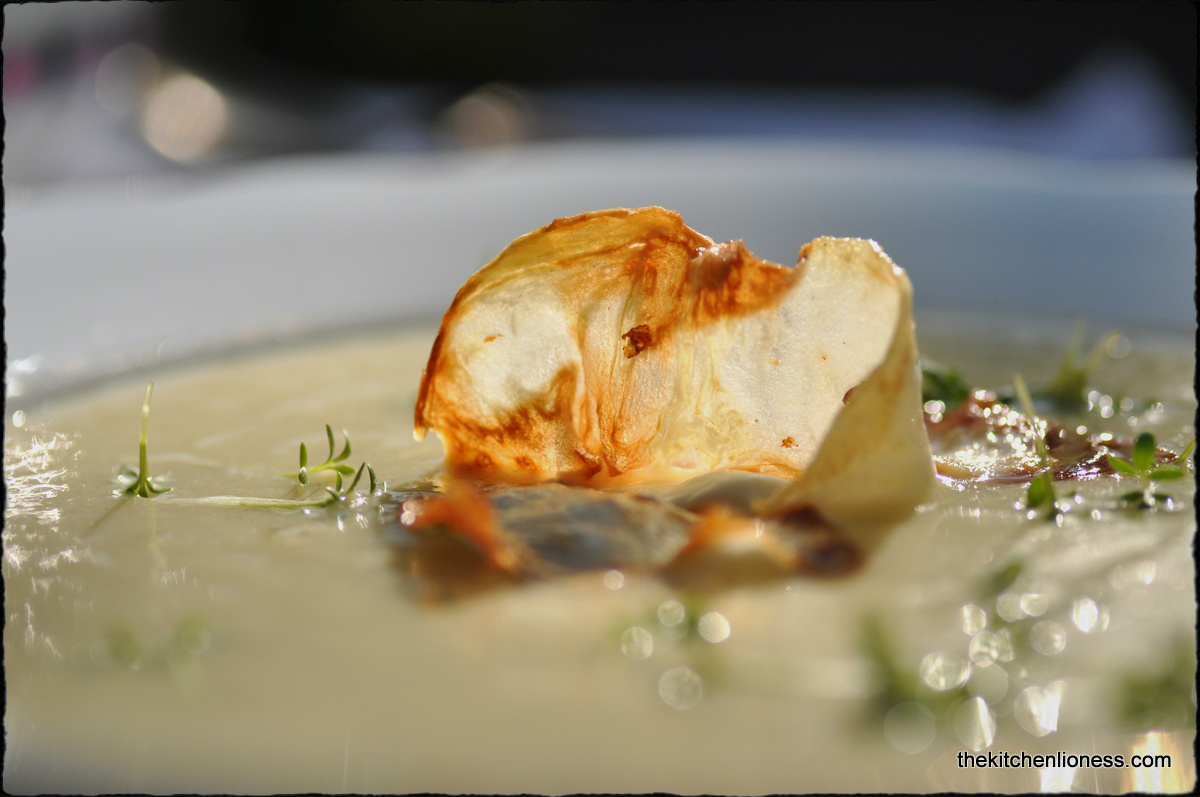Today, marks the sixth month of our international online cooking group, the Cottage Cooking Club. As a group, recipe by recipe, we are cooking and learning our way through a wonderful vegetable cookbook written in 2011 by Hugh Fearnley-Whittingstall, called „River Cottage Everyday Veg“.
The Cottage Cooking Club online cooking group is meant to be a project aimed at incorporating more vegetable dishes in our everyday cooking, learning new ways to prepare tasty and healthy dishes, and sharing them with family and friends.
We will make an effort to use as much local, regional, organic and also seasonal produce as is resonably possible. With that goal in mind, during that month of October, I prepared a few wonderful dishes from the book.
Let us start with a picture of these lovely late summer squash that I came across at one of my favorite farmers´ markets at the beginning of the month – always delighted to find these bright yellow beauties (especially in early October). I grilled them and marinated them, following one of my favorites recipes from the book „Marinated courgettes with mozzarella“ (page 314) - as a group we prepared that very same recipe in July of this year.
Onto this month´s recipes then. My first recipe for this October post is the „Baby beet tarte tatin" (page 48), from the chapter "Comfort Food & Feasts".
I could not believe my luck when I came across these yellow baby beets in Belgium. I carried them through Antwerp all day long when we visited a few weeks ago and kept thinking about making this wonderful savory tarte with them. The beets have to be roasted in the oven together with some butter, oil, cider vinegar, sugar, salt and pepper. Then they get covered with puff pastry, and need to be baked for a good 20 minutes. Once you turned the tarte out onto a plate, it is time to prepare the vinaigrette with shallots, Dijon mustard, cider vinegar, oil, pepper, salt and plenty of chopped fresh parsley. I do not think that there is any savory tart that is more photogenic or more delicious than this one.
The second recipe we enjoyed was the „Warm salad of mushrooms and roasted squash“ (page 94), from the chapter "Hearty Salads".
This is a delightful autumnal salad with lots of flavor and color. I chose one of my favorite squashes for this recipe, the „Butternut squash“ that I roasted with fresh sage from my herb garden. For the mushrooms, I chose some baby portabella mushrooms. My preferred kind of mushrooms.
For the „greens“, I bought some very seasonal lamb´s lettuce, the buttery leaves of that salad go so well with the meaty mushrooms and the slighty salty Pecorino Romano shavings that I used in lieu of the blue cheese (which the kids do not really appreciate). Utter delight on a plate is all I can say.
The third recipe was a soup. I love hearty soups. "Cannellini bean and leek soup with chilli oil" (page 165), from the chapter „Hefty Soups“ is a hearty, yet light enough soup to be served before a main course. Or as a main course with an assortment of breads and rolls alongside.The only qualm I had with this recipe is that my chilli oil did not have that wonderful reddish hue – it tasted nice and spicy but unfortunately the color was a tad pale.
Leeks are so abundant around here these days, making this soup was a really good choice for the month of October. Another plus is that this recipe is so easy to put together – especially since you can use canned white beans. The only advice I have is to use a very well seasoned vegetable stock for this or you might find the finished soup a bit bland, despite the added chilli oil. You can always use Hugh´s recipe for vegetable stock on page 130.
Onto recipe number four, the „Kale and onion pizza“ (page 186), from the chapter "Bready Things".
I made this recipe a while back and used tons of fresh spinach instead of the kale for this – this is our favorite vegetable pizza recipe of all times – you must try this if you have not already done so, you will not regret it, trust us.
Recipe number five this month was „White beans with artichokes“ (page 240), from the chapter "Store-Cupboard Suppers" – more of a non-recipe, so easy to put together using those canned white beans and those wonderful oil-preserved artichoke hearts that are readily available at Italian markets around here.
For the salad part I used more of the beloved seasonal lamb´s lettuce and added some local Belgian endives – there is an endive farm not far from where we live, and I loved using that fresh, slightly bitter salad in this recipe – it paired so well with the artichokes hearts and the creamy beans. To finish off this dish, I used a local goats cheese feta and crumbled it over top – makes me feel good to be able to use so many local and seasonal ingredients for this nice recipe.
Onto recipe number six „Broccoli salad with asian-style dressing“ (page 316), from the chapter "Mezze & Tapas".
So, it was time to pull out that steamer basket again for the broccoli. The dressing which consists of garlic, freshly grated ginger, sugar, rice vinegar, soy sauce, toasted sesame oil, sesame seeds, spring onions, sea salt and pepper is actually almost identical to the Asian-inspired coleslaw on page 115 – a salad which I make on a regular basis to accompany Asian foods and which the kids adore. They could not get enough of this very tasty broccoli version – I made it twice this month and plan on making it many times still.
It is Brussels sprouts season, so I made the „Roasted brussels sprouts with shallots“ (page 352), from the chapter "Roast, Grill & Barbecue". What is not to love about this hearty dish – Brussels sprouts and shallots seem to be a match made in heaven, roasted with tons of fresh thyme from my herb garden, lemon juice, freshly ground black pepper, sea salt and olive oil, these tiny cabbages turn into a sweet delight that everyone gobbled up.
Did you know that Brussels sprouts are actually called „Rosenkohl“ (literally meaning „rose cabbage“) in German – funny sometimes how differently the same things can be called in various languages. The first recorded harvest of this lovely autumn/winter vegetable can be traced back to the year 1587 in what was then the Netherlands and is Belgium today.
While I prepared the sprouts, I decided to make the „Roasted cauliflower with lemon and paprika“ at the same time. Almost the same procedure as the above Brussels sprouts – roast the cauliflower florets with lemon juice, pepper, salt, olive oil and a bit of hot smoked paprika.
There are two kinds of this smoked paprika with a rather intense flavor, hot and mild – we liked the spicy kick from the paprika in this dish – overall nice but not quite as nice as the roasted sprouts. But roasting cauliflower is a nice way to prepare this vegetable, no doubt.
„Pumpkin and raisin tea loaf“ (page 394) from the chapter of „Sweet Asides“ was my ninth recipe from the October line-up. What would the month of October be without some sweet baked dessert with pumpkin – I used grated „Hokkaido“ also called "red curry squash" for this recipe, no butter, no oil, just Muscovado sugar (form the British shop), four eggs, zest and juice of a lemon, raisins (that I plumped up in some warm apple juice for about thirty minutes), ground natural almonds, self-raising flour (also from the British shop), sea salt, freshly ground cinnamon and nutmeg – I also added two teaspoons of homemade vanilla sugar.
I baked this tea cake in my special so-called „saddle of venison baking pan" („Rehrücken-Backform") – love the shape of that pan. We rather enjoyed this loaf cake with a cup of tea in the afternoon – the kids preferred it with a bit of butter and jam – a nice easy, seasonal tea cake.
To gild the lily and just in case you need further convincing that I am a true life fan of the Hugh Fearnley-Whittingstall recipes and his River Cottage Series, I made two recipes from his latest cookbook called „River Cottage Light & Easy – Healthy Recipes for Everyday“.
The first recipe I made was the „Carrot cornbread“ (page 67), from the chapter „Baking“. I made this easy cornbread with with freshly grated carrots as a side to the above „White beans with artichokes“ – a nice, moist cornbread with just a hint of sweetness from the almond milk and the carrots and what a gorgeous color too. This bread is also great as a side to a hearty winter soup and just plain, dunked in a bit of your favorite oil, such as linseed oil or olive oil.
Then, I just could not pass up the opportunity to prepare another sweet recipe – apart from the Pumpkin and raisin tea loaf. I opted for the very seasonal „Chestnut and almond shortbread“ (page 380), from the chapter „Treats“.
Who would have thought that shortbread with chestnut flour (readily available at Italian markets), wholemeal buckwheat flour, ground almond flour, Muscovado sugar and sunflower oil could taste this delightful – I did add a pinch of ground cinnamon and some vanilla sugar but other than that I stayed true to the original recipe – what a delightful addition to your cookie repertoire and with its crumbly texture and definite nutty taste, a treat that is sure to please even the most discerning cookie lovers.
Chestnut flour is quite popular for sweet as well as savory dishes in France where it is called "farine de châtaigne" and in Italy, where it is known as "la farina di castagne".
If you are looking to reduce your use of wheat flour and dairy ingredients, would like to use new grains and oils – this new cookbook would certainly be worth adding to your Christmas wish list...
Another month full of wonderful recipes- I managed to incorporate all of the above recipes in our regular schedule and was very pleased that the recipes I prepared were received with so much enthusiam and curiosity – I owe another big, fat „Thanks“ to my utterly devoted taste testers and keep enjoying to cook from this cookbook!
Please note, that for copyright reasons, we do NOT publish the recipes. If you enjoy the recipes in our series, hopefully, the Cottage Cooking Club members and their wonderful posts can convince you to get a copy of this lovely book. For more information on the participation rules, please go here.
To see which wonderful dishes the other members of the Cottage Cooking Club prepared during the month of October, please go here.











































